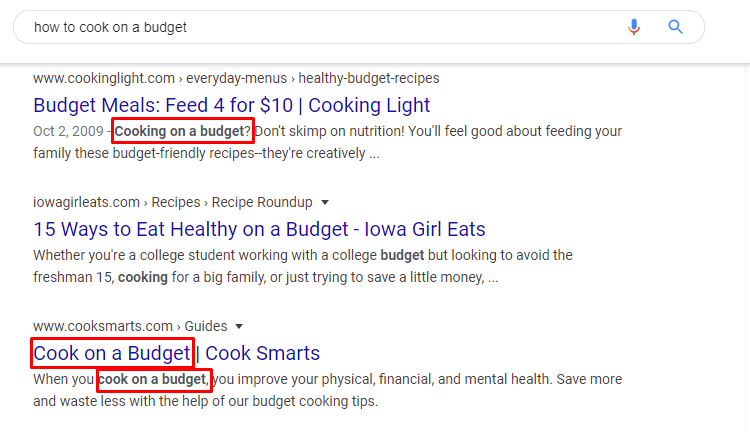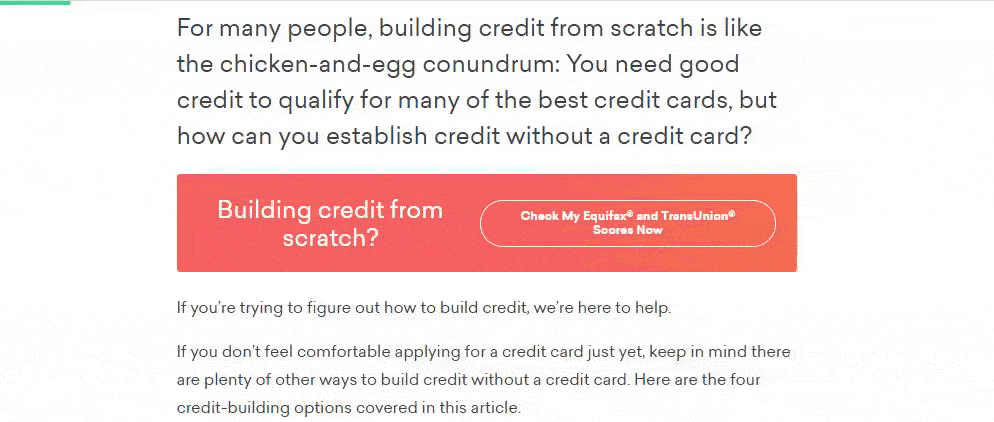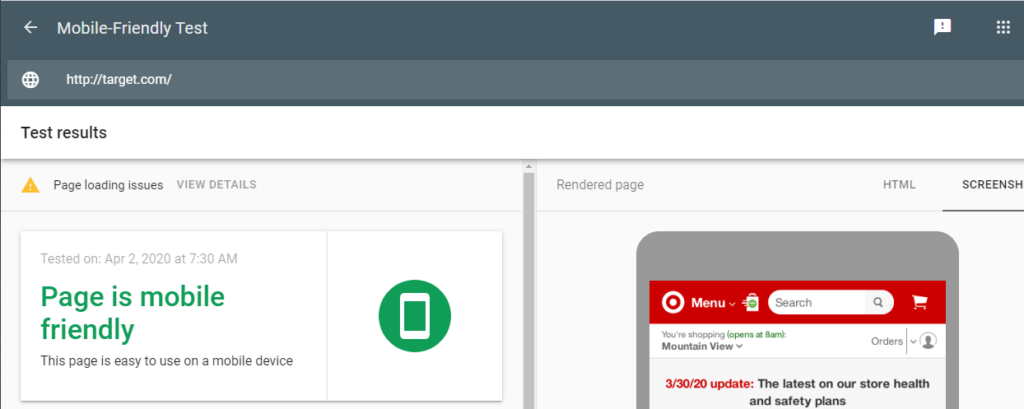SEO Assessment: How to Assess Your SEO [+ Free SEO Checker Tool]
With an SEO assessment. By conducting an SEO assessment, you can analyze the components of your SEO strategy to find ways to optimize and improve them so that you can rank higher in search results — and get more traffic and online sales.
On this page, we’ll cover:
- What is an SEO assessment?
- Why should I do an SEO assessment test?
- How to do an SEO assessment for on-page SEO
- How to do an SEO assessment for off-page SEO
If you want a quick and easy way to see how your SEO is performing, use our SEO checker to get your free SEO analysis report!
What is an SEO assessment?
An SEO assessment involves analyzing your SEO campaign to see how your SEO performs and find opportunities to improve your strategy. Assessing your SEO helps you identify missing optimizations that you can use to improve your ranking.
Why should I do an SEO assessment test?
An SEO assessment test is critical because it ensures that you’re putting out the best SEO campaign for your business. If you don’t assess your SEO strategy, you won’t know if it’s generating the best results for your business.
Remember, you’re putting in the time, money, and effort to create and manage an SEO strategy that drives results for your company, so why wouldn’t you want to assess it to ensure it’s working well?
By conducting an SEO assessment test, you’ll help your business make more strategic decisions to improve your SEO, which will help increase traffic and conversions for your company.
How to conduct an SEO assessment: Analyzing your on-page SEO efforts
If you want to know how to assess your SEO, follow this guide for analyzing your on-page SEO efforts.
We’ll look at a few on-page SEO areas you’ll want to examine to help optimize your strategy.
Keyword targeting
One of the most important aspects of SEO is keyword targeting. To help your website appear in search results, you need to target relevant keywords. The right keywords will help you show up in front of audiences looking for your products or services.
What to analyze with keywords
When you conduct an SEO assessment and look at your keywords, you’ll want to examine the following:
- Keyword ranking: If you have a list of keywords you’re targeting, check them to see if you rank for them. Compile data on where you rank for these keywords so you can assess which pages may need re-optimization.
- Keyword selection: Make sure you’re choosing keywords relevant to your industry and pages. Optimize for long-tail keywords, which contain three or more words, so that you can drive the right traffic to your site too. Use a tool like KeywordsFX to get started on your research.
- Keyword integration: Analyze keyword integration on your page. Are you doing it too much, too little, or just right? You’ll want to look at your pages to ensure you’re not keyword stuffing and hurting your SEO rankings.
After conducting keyword analysis, you may find a few issues.
So what do you do if…
…you aren’t ranking on the first page for a keyword? If you aren’t ranking on the first page for a keyword, you may need to re-optimize the page to rank in search results. You’ll want to analyze the search results so you can match the search intent better and achieve a higher position in Google search results.
…you have the keyword on your page too much? Is your page looking stuffed with your target keyword? If so, cut back on the keyword usage for that term. You can nix some instances of it and replace others with a different, but similar keyword.
Title tags and meta descriptions
Another part of your SEO assessment is analyzing your title tags and meta descriptions. These two components appear in search results and provide searchers with a preview of your page. Google also uses these two elements to help determine if your page is relevant to someone’s search.

What to analyze with title tags and meta descriptions
If you want to know how to assess your SEO, you need to know how to analyze your title tags and meta descriptions.
Here are a few aspects you’ll want to examine:
- Check the length: You must keep your title tags and meta descriptions within Google’s character limit so they don’t get cut off. Title tags can have a maximum of 60 characters, though Google may trim them sooner, while meta descriptions have a limit of 150-160 characters.

- Check for keyword insertion: Both your title tags and meta description should have your core keyword. You’ll want to analyze both for keyword insertion. For title tags, you’ll want to put your core keyword as close to the front as possible, as long as it doesn’t affect readability.

- Check the content: Your title tag and meta description serve as a preview of your page. You’ll want to analyze these two pieces to see if they are compelling and descriptive. Don’t write clickbait title tags, for example.
Once you look at your title tags and meta descriptions, you may find they aren’t up to par.
So, what do you do if…
…your titles or meta descriptions get cut off? If your meta tags get cut off, you’ll want to rewrite them to keep them in the limit. Aim for a title tag that’s 55 characters or less and check that your meta descriptions are in the right range.
…your titles and meta descriptions are lackluster? Sometimes you may find that your titles are generic and don’t compel users to click. To help improve them, try using power words to add some spice to your tags! These include words like, “suddenly,” “extraordinary,” and “you.”
Content
The next step of how to assess your SEO involves analyzing your content. Content plays a critical role in helping your site rank in search results. You’ll want to examine your content to ensure it’s driving traffic to your site.
What to analyze for content
Part of your SEO assessment test should include analyzing your content. You’ll want to check:
- Length: The top-ranking content in search results has an average of 1890 words. You’ll want to examine your piece and compare it to other pages in the search results to see if your page requires additional information to meet the search intent.
- Information: Does your content cover the right topics? Analyze the search results to see what information they include and compare it to the information your content covers. You may find that you’re missing a critical component that will help your page match search intent and rank.
- Format: You must create content formatted for skimming. Readers spend an average of 37 seconds on an article, so you need to make it easy for people to skim through your content. Analyze your content’s format to see if it’s easy to read through quickly.
Here’s what to do if you stumble across some issues with your content in your SEO assessment.
So, what do you do if…
…your content needs more information? If you find that your content is thin and lacks substance, you will need to re-optimize your content. You’ll want to look at other listings in the search results to see what type of information they’re including and take inspiration from it.
…your content isn’t skimmable? If you want to make your content skimmable, break down paragraphs into two to three sentences. You can also use bulleted or numbered lists to help break up your content. Additionally, make sure you have visuals, like photos or videos, to split up the text for readers.

Mobile-friendliness
You can’t conduct an SEO assessment test without looking at your site’s mobile-friendliness. Since Google moved towards a mobile-first index, having a mobile-friendly website is critical. If you want to rank in search results, you need to have a site that functions on mobile devices seamlessly.
What to analyze for mobile-friendliness
If you want to examine your site’s mobile-friendliness, look at these three aspects:
- See how your site looks on mobile: One of the best ways to analyze the mobile-friendliness of your website is to load it on mobile devices. You can see how your site scales on these devices and if you need to make changes. You can also use Google’s Mobile-Friendly Test.

- Test if you have mobile-friendly elements: Mobile users have a different browsing experience than desktop users. You’ll want to analyze your site for mobile-friendly features like thumb-friendly buttons, scaled visuals, and hamburger menus.
- Check if your site loads fast: Mobile users want information quickly. If your website doesn’t load quick enough, it discourages people from staying on your page. You can use a tool like Google PageSpeed Insights to see how quickly your site loads.
Taking these steps will help you see if your site is mobile-friendly and where you need to improve.
So, what do you do if…
…your site fails the mobile-friendly test? If your website isn’t mobile-friendly, you’ll need to start working to adapt it to mobile devices. The best way to do this is to integrate responsive design into your website. Responsive design ensures that your site looks great on all devices.
…your site load time is slow? For slow-loading sites, use Google PageSpeed Insights. Most Google PageSpeed Insights recommendations involve your site’s backend, but there are some simple tasks like compressing image files. If you aren’t comfortable making these changes, you can always invest in page speed services and have a professional do it for you.
How to conduct an SEO assessment: Analyzing your off-page SEO efforts
Aside from your on-page SEO, your SEO assessment should also include your off-page SEO efforts. Your off-site work can have a significant impact on your website’s ranking in search results. We’ll look at two essential strategies to analyze in your SEO assessment test.
Backlinks
Backlinks are links to your site from authoritative sites. These links help build your site’s authority and drive traffic to different pages. Backlinks help Google determine your site’s trustworthiness, which influences your ranking in search results significantly.
What to analyze for backlinks
Wondering how to check backlinks for your site? To check your website’s SEO for backlinks, look at:
- Who links to you: You must know who’s linking to your site. Not every backlink to your website helps increase your ranking. Look at who’s linking to your site and determine whether they’re an authority in the industry and have a credible profile.
- How many links you have to your pages: When you analyze your backlinks, you want to know how many people link to your pages. If you have multiple backlinks to a page, it’s more likely to rank in search, especially if the backlinks are from high-quality sources.
- Which links are active: People may link to your site, but it doesn’t mean the links are active. You’ll want to analyze your backlinks to see if there are any broken links, as well as if you have no-follow links to your website.
When you analyze your backlink profile, you’re bound to find some links you don’t want or broken links.
So, what do you do if…
…you have less desirable links to your site? If someone is linking to your website and it’s hurting your backlink profile, you can reach out to the site owner and ask them to remove the link to your page. If they don’t remove the link, you can disavow the link using Google Search Console.
…you have broken links to your site? You can reach out to the site owner and provide them with the correct link. It will allow you to keep the link and improve your backlink profile. Bonus tip: You can target broken links to competitor sites to make your backlink profile even stronger.
Social media strategy
Your social media strategy doesn’t have a direct impact on your SEO, but it’s believed to have an indirect effect on rankings. Since you can share content on your social pages, it allows you to drive more traffic to your website, which can help improve your backlink profile (and, subsequently) your rankings.
What to analyze for your social media strategy
When you examine your social media strategy as part of your SEO assessment, look at:
- How content displays in social posts: You’ll want to analyze how your content appears to your audience. Check how the cover photo looks, how the text appears, and more. It will help you understand if your posts display correctly to encourage engagement.
- How you share your content: It’s essential to look at how you share content and how that impacts engagement on your pages. Analyze how you post content and when you post content on different platforms to understand what drives traffic to your website.
- How influencers promote your content: If you’re partnering with influencers to promote your content, research how they promote it. Examine the engagement with your content and see how they present it to their followers.
When you conduct your SEO assessment, you may see some opportunities for your social media strategy.
So, what do you do if…
…you don’t find your content on your profile? If you don’t see much content on your social media pages, the solution is easy: Start posting! By posting content on your social media profiles, you’ll help drive traffic to your website.
…you don’t have influencer partnerships? Do some digging and look for people in your industry that attract the right niche. Reach out to them with what you have to offer and see if they’re willing to work with your company to promote your content.
…you aren’t getting engagement on posts or followers? If you’re seeing low engagement or followers, you may need to rethink your target audience. You may not be creating content that compels them to engage, so reanalyzing your target audience can help you get back on track and create exciting posts.
Get started with your SEO assessment today
Conducting an SEO assessment will help you see where your SEO currently stands and how you can improve it.
If you want to get a free SEO assessment, use our SEO checker to get all the information you need about improving your SEO, or learn more about SEO checkers on our blog!
Don’t have time to implement the changes? Our team at WebFX can help! As a top SEO company, we know how to analyze and optimize SEO campaigns to help them perform better.
So, what are you waiting for? Give us a call today at 888-601-5359 or contact us online to speak with a strategist about how we can help you improve your SEO!
Related Resources
- 5 Signs Your SEO is Outdated
- Recurring SEO Tasks
- SEO Maintenance: Everything You Need to Know (And Do)
- Should I Optimize Every Page on My Site
- The Ultimate Monthly SEO Checklist: 6 Ongoing SEO Tasks
- Update Your Sites SEO
- What Happens when You Stop SEO?
- Why is SEO an Ongoing Process and What Happens if You Stop
Marketing Tips for Niche Industries
- Recruitment SEO for Manufacturers
- Retail SEO: Your Beginner’s Guide to Success
- Roofing SEO
- Search Engine Optimization (SEO) for Garage Door Companies
- SEO Done Right for Hospice Care
- SEO Done Right for Hospice Care
- SEO for Accountants
- SEO for Alternative Medicine: Capture Sales with SEO Services
- SEO for Apartments: 5 Tips for Apartment Rental Companies
- SEO for Biotech Companies: 4 Strategies for Higher Rankings












